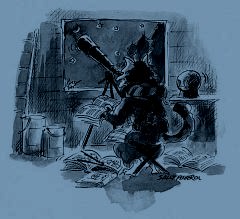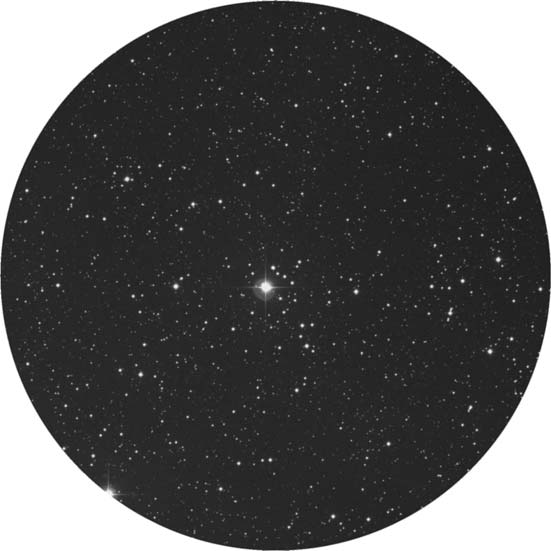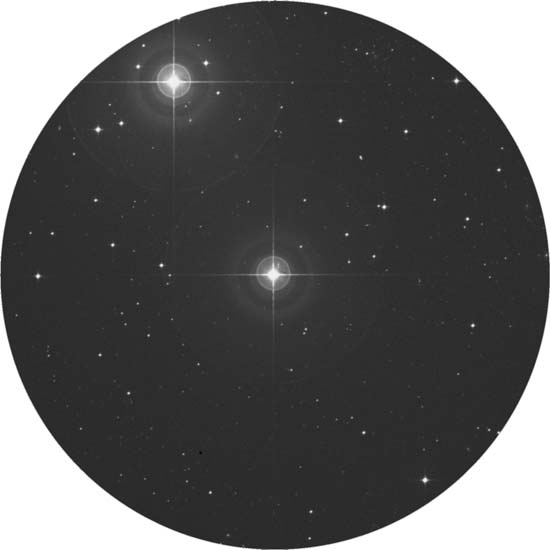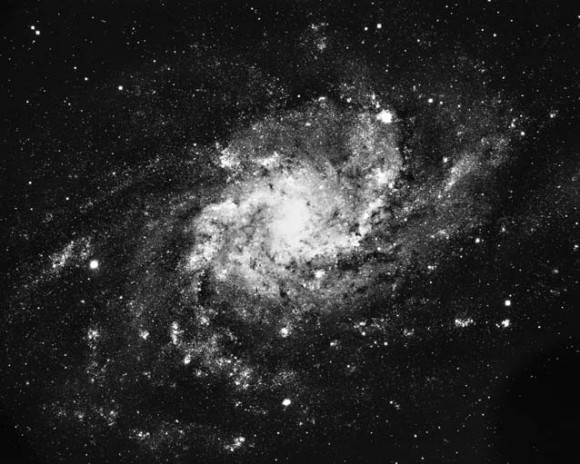Greetings, fellow SkyWatchers! What a wonderful weekend we have coming up. On clear nights, the diamond-bright stars of the Winter constellations have been simply beautiful with the crown jewel of Jupiter headlining the early evenings. Although the Moon will gently return over the next few days, it’s a spectacular time to enjoy those new optics you may have lurking about underneath a cloak of colorful paper and ribbons. Don’t shake the boxes too hard, but ask to take them out! We’ve got wonderful objects discovered by Sir William Herschel, unusual star clusters not on regular lists, new binocular targets, sweet old favorites and even an asteroid. Not enough? Then how about of pairing of Jupiter and Neptune! Still mourning missing the Geminids because of the weather? Then smile and catch the peak of the Delta Arietid meteor shower. (told ya’ this was a great weekend!) Whenever you’re ready, I’ll see you in the backyard…
Friday, December 18, 2009 – So where has Sir William Herschel been lately? (Besides the obvious answer, ok?) Rest assured that one of the most prolific observers of the cosmos never stopped exploring, discovering, and documenting some of the finest deep-space objects, and was doing so almost every single night of the year.
Tonight let’s start with a Herschel discovery made on this date in 1788 as we take a look in northern Perseus, about a fist-width northeast of Alpha, for NGC 1444 (RA 03 49 24 Dec þ52 40 00). Well known as a source of radio emission, NGC 1444 holds a rough cumulative magnitude of 6.5; in binoculars it will show as a small compression of stars around SAO 24248, but use a scope if you can! Even modest aperture and magnification will reveal a delightful chain of stars in an S-pattern around this Herschel ‘‘400’’ object.
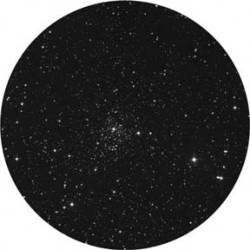 If you’d like to explore something a little more off the beaten path (and an object not discovered by Herschel), head about a degree and a half southwest for King 7 (RA 03 59 00 Dec +51 48 00). Very rich and compressed, this alternative catalog study is slightly larger than tonight’s Herschel and is definitely more set apart from the surrounding star fields. Studied by (and named for) Ivan R. King, this intermediate-to-old open cluster seems to be very relaxed in its evolutionary state. Be sure to power up, because King 7 is definitely a stellar region you won’t want to miss!
If you’d like to explore something a little more off the beaten path (and an object not discovered by Herschel), head about a degree and a half southwest for King 7 (RA 03 59 00 Dec +51 48 00). Very rich and compressed, this alternative catalog study is slightly larger than tonight’s Herschel and is definitely more set apart from the surrounding star fields. Studied by (and named for) Ivan R. King, this intermediate-to-old open cluster seems to be very relaxed in its evolutionary state. Be sure to power up, because King 7 is definitely a stellar region you won’t want to miss!
Saturday, December 19, 2009 – Tonight let’s return to Fornax and start with binoculars. For a real treat, look just below Beta for the triple Eta. To limited optics, this sweet triple grouping will show two stars closer together—northeastern Eta 3 and southwestern Eta 2.
This is a visual combination in a delightful starry field, but take out your telescope and have a closer look at Eta 2 (RA 02 50 14 Dec –35 50 37). Separated by 5.000 this disparate magnitude 5.9 and 10.1 binary system is a challenge object on many double stars lists!
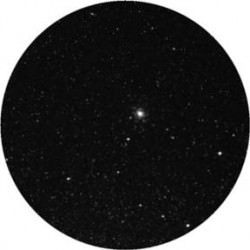 For larger telescopes, set sail for Beta Fornacis and head 3 degrees southwest (RA 02 39 42 Dec –34 16 08) for a real curiosity—NGC 1049. At magnitude 13, this globular cluster is a challenge for even large scopes, and with good reason: it isn’t even in our galaxy. This cluster is a member of the Fornax Dwarf Galaxy, a 1-degree span that’s so large it was difficult to recognize as extragalactic—at least it was until the great Harlow Shapely figured it out! NGC 1049 was discovered and cataloged by John Herschel in 1847, only to be reclassified as Hodge 3 (by Paul Hodge) in a 1961 study of the system’s five globular clusters. Since that time, yet another globular has been discovered in the Fornax Dwarf! Good luck. . .
For larger telescopes, set sail for Beta Fornacis and head 3 degrees southwest (RA 02 39 42 Dec –34 16 08) for a real curiosity—NGC 1049. At magnitude 13, this globular cluster is a challenge for even large scopes, and with good reason: it isn’t even in our galaxy. This cluster is a member of the Fornax Dwarf Galaxy, a 1-degree span that’s so large it was difficult to recognize as extragalactic—at least it was until the great Harlow Shapely figured it out! NGC 1049 was discovered and cataloged by John Herschel in 1847, only to be reclassified as Hodge 3 (by Paul Hodge) in a 1961 study of the system’s five globular clusters. Since that time, yet another globular has been discovered in the Fornax Dwarf! Good luck. . .
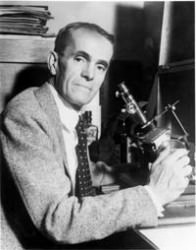 Sunday, December 20, 2009 – Tonight’s twilight crescent Moon has a visitor 2.4 degrees north—the asteroid Iris. Check out Jupiter’s northern visitor, too. Neptune is still just 0.6 degrees away! Tonight is the peak of the Delta Arietid meteor shower, an early evening event that must be viewed before the radiant sets. The fall rate is modest, about 12 per hour. Today also marks the founding of Mt. Wilson Solar Observatory in 1904, and the birth of Walter Adams in 1876. While studying at Mt. Wilson, Adams revealed the nature of Sirius B, the first known white dwarf star.
Sunday, December 20, 2009 – Tonight’s twilight crescent Moon has a visitor 2.4 degrees north—the asteroid Iris. Check out Jupiter’s northern visitor, too. Neptune is still just 0.6 degrees away! Tonight is the peak of the Delta Arietid meteor shower, an early evening event that must be viewed before the radiant sets. The fall rate is modest, about 12 per hour. Today also marks the founding of Mt. Wilson Solar Observatory in 1904, and the birth of Walter Adams in 1876. While studying at Mt. Wilson, Adams revealed the nature of Sirius B, the first known white dwarf star.
Let’s pretend the skies are still as dark as they were at Mt. Wilson in Adams’ time as we aim our binoculars and telescopes toward one of the most elusive galaxies of all—M33. Located about one-third the distance between Alpha Trianguli and Beta Andromedae (RA 01 33 51 Dec þ30 39 37), this member of our Local Group was probably first seen by Hodierna but was recovered independently by Messier some 110 years later. Right at the edge of unaided visibility, M33 spans about four Moons’ width of sky, making it a beautiful binocular object and a prime view in a low power telescope.
Smaller than both the Milky Way and the Andromeda Galaxy, the Triangulum may be average in size, but it’s not an average study. So impressed was Herschel that he gave it its own designation of HV.17 after having already cataloged one of its bright star-forming regions asHIII.150! In 1926 Hubble also studied M33 at Mt. Wilson with the Hooker Telescope during his work with Cepheid variables.
Larger telescopes often ‘‘can’t see’’ M33 with good reason: it overfills the field of view. But what a view! Not only did Herschel discover a region much like our own Orion Nebula, but also the entire galaxy contains many NGC and IC objects (even globular clusters) attainable with a larger scope. Although M33 might be 3 million light-years away, tonight it’s as close as your own dark-sky site.
Until the next event? May the stars sparkle in your eyes and the love of observing sparkle in your heart…
This week’s awesome images are (in order of appearance): NGC 1444, King 7, Eta 3 and Eta 2 Fornacis, NGC 1049 (credit—Palomar Observatory, courtesy of Caltech), Walter Adams (credit—Yerkes Observatory, University of Chicago) and M33 (courtesy of NOAO/AURA/NSF). We thank you so much!

